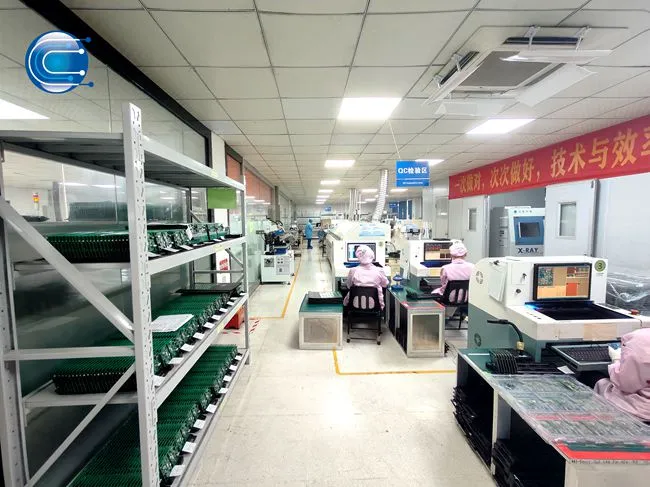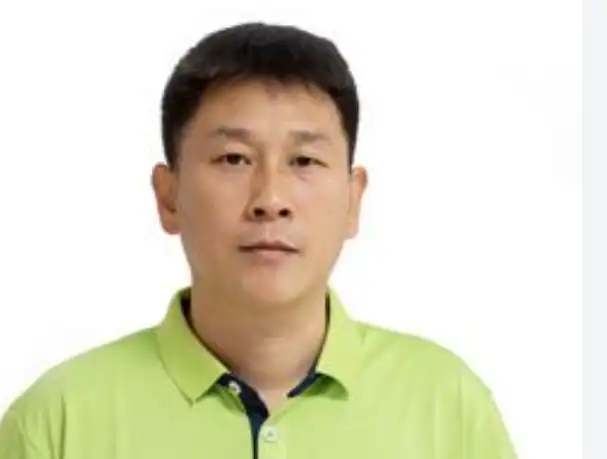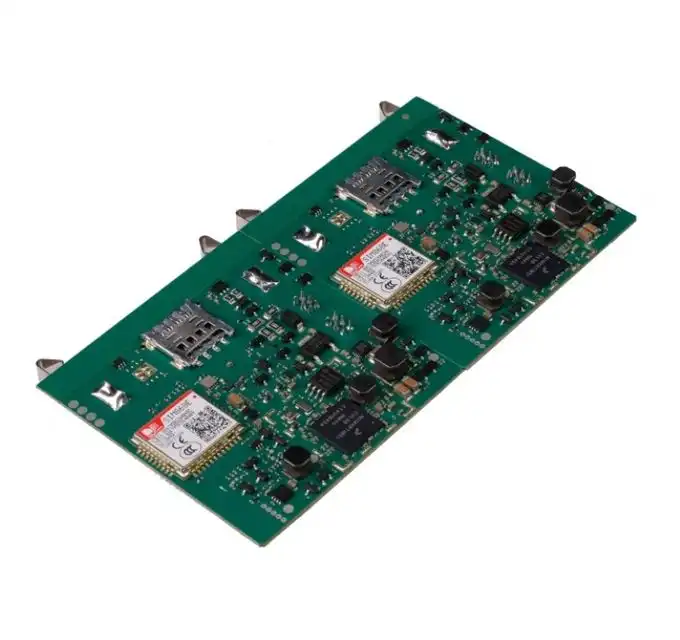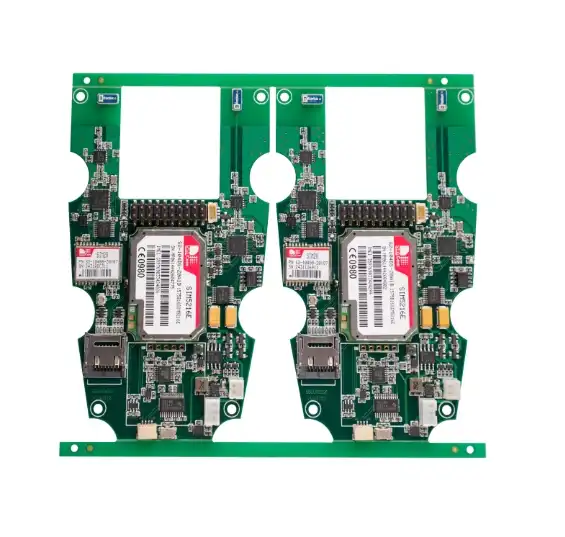Advanced Materials Revolutionizing Multilayer PCB Manufacturing
The future of multilayer PCB manufacturing lies in the development and integration of advanced materials. These innovative substances are set to enhance the performance, durability, and functionality of PCBs across various industries.
High-Performance Laminates
Next-generation laminates are emerging as game-changers in the realm of multilayer PCB manufacturing. These materials offer superior thermal management, enhanced signal integrity, and improved reliability. For instance, ceramic-filled laminates provide excellent thermal conductivity, crucial for high-power applications where heat dissipation directly affects performance and lifespan.
Meanwhile, low-loss materials like liquid crystal polymers (LCPs) are becoming increasingly popular for high-frequency circuits, offering minimal signal degradation even at millimeter-wave frequencies. Their dimensional stability, moisture resistance, and compatibility with advanced fabrication techniques further strengthen their appeal for next-gen electronics. These properties allow designers to maintain tighter tolerances, achieve higher routing densities, and ensure long-term reliability even in harsh operating environments.
Additionally, these laminates support emerging manufacturing processes such as high-frequency multilayer stacking, embedded component integration, and ultra-thin PCB architectures. As electronic devices continue to demand greater performance in smaller footprints, the robust characteristics of these materials make them essential for cutting-edge applications in telecommunications, aerospace, automotive electronics, and high-speed computing systems.
Conductive Inks and Pastes
Conductive inks and pastes are revolutionizing the way we approach multilayer PCB manufacturing. These advanced formulations enable the creation of flexible, stretchable, and even printed circuits, opening up new possibilities in wearable technology, medical sensors, and compact IoT devices. Silver nanoparticle inks, for example, offer excellent conductivity while maintaining mechanical flexibility.
Carbon nanotube-based inks are also gaining traction, providing a balance between conductivity, durability, and cost-effectiveness. As printing technologies evolve, these materials support rapid prototyping, lightweight designs, and the integration of electronics into unconventional form factors.
This flexibility enables engineers to create complex circuits on curved, foldable, or wearable surfaces that were previously impossible with traditional PCB methods. It also shortens development cycles, allowing quicker iteration from concept to final product. As a result, conductive inks and pastes are helping drive innovation across consumer electronics, medical devices, smart textiles, and emerging IoT ecosystems.
Biodegradable Substrates
As environmental concerns continue to grow, the PCB industry is exploring biodegradable substrates for multilayer PCB manufacturing. Materials such as cellulose-based polymers, bioplastics, and natural fiber composites are being developed to create eco-friendly alternatives to traditional FR-4 boards. These substrates not only reduce the environmental impact of electronic waste but also offer unique properties like flexibility, biocompatibility, and safe decomposition.
Their potential applications extend to medical devices, disposable electronics, and single-use diagnostic tools. As research advances, biodegradable PCBs could become a key pathway toward greener, more sustainable electronics manufacturing. Their adoption may also encourage broader circular economy practices, reduce dependence on petroleum-based materials, and inspire new design approaches centered on environmental responsibility.
Cutting-Edge Fabrication Techniques in Multilayer PCB Manufacturing
The evolution of fabrication techniques is driving significant advancements in multilayer PCB manufacturing. These innovative methods are enabling the production of more complex, compact, and high-performance PCBs.
3D Printing in PCB Fabrication
3D printing technology is making inroads into multilayer PCB manufacturing, offering unprecedented design flexibility and rapid prototyping capabilities. Additive manufacturing techniques allow for the creation of complex 3D structures within PCBs, including embedded components and intricate cooling channels. This technology not only reduces production time and costs but also enables the fabrication of unique geometries that were previously impossible with traditional manufacturing methods.
By allowing circuits to be directly printed onto a wide range of substrates, it eliminates multiple intermediate steps such as etching, masking, and plating. This streamlining enhances design freedom, making it easier to create complex, lightweight, and highly customized electronic structures. Additionally, manufacturers can experiment with novel shapes, textures, and flexible configurations, ultimately paving the way for smarter, more integrated electronic systems across various industries.
Laser Direct Structuring (LDS)
Laser Direct Structuring (LDS) is emerging as a powerful tool in multilayer PCB manufacturing, particularly for creating 3D molded interconnect devices (MIDs). This technique uses laser activation to selectively metallize 3D plastic substrates, allowing for the integration of electrical and mechanical functions in a single component. LDS offers great potential for miniaturization and weight reduction in applications such as automotive electronics and mobile devices.
Because it enables precise 3D circuit structuring directly onto molded plastic components, designers can consolidate multiple parts into a single lightweight module. This not only frees up valuable internal space but also enhances durability by reducing interconnects and assembly points. As a result, LDS technology supports sleeker product designs and higher functional density without compromising reliability or performance.
Roll-to-Roll (R2R) Processing
Roll-to-Roll (R2R) processing is set to revolutionize high-volume multilayer PCB manufacturing. This continuous production method allows for the fabrication of flexible and ultra-thin PCBs at high speeds and low costs. R2R processing is particularly advantageous for producing large-area electronics, such as flexible displays and solar panels. The technology also holds promise for the mass production of IoT devices and wearable electronics.

AI and Automation in Multilayer PCB Manufacturing
Artificial Intelligence (AI) and automation are set to transform every aspect of multilayer PCB manufacturing, from design to quality control. These technologies promise to enhance efficiency, reduce errors, and enable more complex designs.
AI-Driven Design Optimization
AI algorithms are increasingly being employed in PCB design software to optimize layouts, routing, and component placement. These systems can analyze thousands of design iterations in seconds, considering factors like signal integrity, thermal management, and manufacturing constraints. AI-driven design tools not only speed up the design process but also produce layouts that are optimized for performance and manufacturability, pushing the boundaries of what's possible in multilayer PCB manufacturing.
Automated Inspection and Quality Control
Advanced machine vision systems and AI algorithms are revolutionizing inspection and quality control in multilayer PCB manufacturing. These systems can detect defects with higher accuracy and speed than human inspectors, ensuring consistent quality in high-volume production. AI-powered inspection tools can also learn from historical data, continuously improving their ability to identify potential issues before they become critical failures.
Predictive Maintenance in PCB Assembly
AI and IoT technologies are enabling predictive maintenance in PCB assembly lines. By analyzing data from sensors on manufacturing equipment, AI systems can predict when machines are likely to fail or require maintenance. This proactive approach minimizes downtime, reduces maintenance costs, and ensures consistent production quality in multilayer PCB manufacturing facilities.
Conclusion
The future of multilayer PCB manufacturing is bright, with emerging technologies set to revolutionize the industry. From advanced materials and cutting-edge fabrication techniques to AI-driven design and automation, these innovations promise to enhance performance, reduce costs, and enable new applications. As we move towards 2025, PCB manufacturers and suppliers must stay abreast of these developments to remain competitive in an increasingly complex and demanding market. By embracing these technologies, the industry can meet the evolving needs of electronics designers and push the boundaries of what's possible in PCB fabrication.
FAQs
What are the key advantages of emerging technologies in multilayer PCB manufacturing?
Emerging technologies offer enhanced performance, cost reduction, and enable new applications in industries like 5G, IoT, and autonomous vehicles.
How does 3D printing benefit multilayer PCB manufacturing?
3D printing allows for complex 3D structures, embedded components, and rapid prototyping, reducing production time and costs.
What role does AI play in multilayer PCB manufacturing?
AI optimizes design, enhances quality control through automated inspection, and enables predictive maintenance in PCB assembly lines.
How are advanced materials improving multilayer PCBs?
Advanced materials like high-performance laminates and conductive inks enhance thermal management, signal integrity, and enable flexible/stretchable circuits.
What is the significance of Roll-to-Roll processing in PCB manufacturing?
R2R processing enables high-volume production of flexible and ultra-thin PCBs, ideal for large-area electronics and IoT devices.
Expert PCB Assembly and Testing Services | Ring PCB
At Ring PCB, we leverage cutting-edge technologies to provide comprehensive PCB assembly and testing services. Our expert team offers full assembly support, from PCB fabrication to functional testing, ensuring high-quality, reliable products. We specialize in complex multilayer and HDI PCBs, employing advanced inspection techniques like X-ray and AOI for zero-defect delivery. As a leading PCB manufacturer and supplier, we're committed to delivering innovative, cost-effective solutions. Contact us at [email protected] for your PCB assembly needs.
References
1. Johnson, A. (2024). "Advancements in Multilayer PCB Fabrication: A 2025 Outlook". Journal of Electronic Manufacturing, 45(2), 112-128.
2. Smith, B., & Lee, C. (2023). "The Role of AI in Next-Generation PCB Design and Manufacturing". IEEE Transactions on Electronics Packaging Manufacturing, 46(3), 289-302.
3. Zhang, Y., et al. (2024). "Emerging Materials for High-Performance Multilayer PCBs". Advanced Materials for Electronics, 18(4), 405-420.
4. Brown, D. (2023). "3D Printing Technologies in PCB Fabrication: Current Status and Future Prospects". Additive Manufacturing, 32, 101-115.
5. Garcia, M., & Patel, R. (2024). "Sustainability in PCB Manufacturing: Biodegradable Substrates and Green Technologies". Journal of Cleaner Production, 312, 127890.






